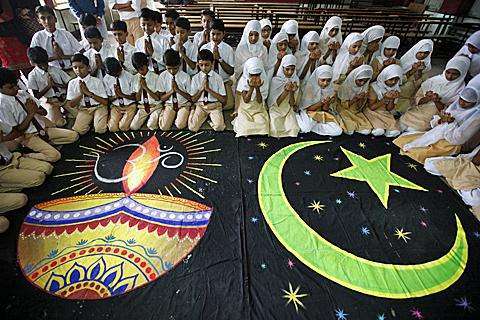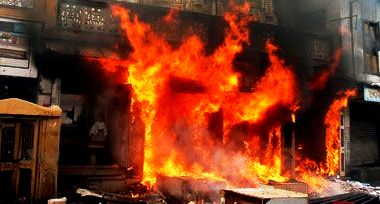RUCHIRA GUPTA
original Source : http://www.thehindu.com/opinion/open-page/where-rape-is-seen-as-violence/article4253546.ece
Rape cultures are nourished by norms, attitudes, and practices that trivialise, tolerate, or even condone violence against women.The legitimisation of prostitution and trafficking will only support the myth of male supremacy, increasing such crimes
A cruel and bizarre idea has surfaced since the rape of the 23-year-old student in Delhi — that prostitution should be legalised because ‘men will be men’ and, if prostitutes exist girls from ‘good’ families will not be raped.
Besides the very elitist notion that poor women should be sexually available to protect middle-class women, the idea is an insult to most men who do not have an unbridled sexual desire. Most men will not rape women if they are not obtainable otherwise. Most men, like most women, know that there is an appropriate place and time for sex and build relationships around it. They don’t see rape as sex, but rape as violence.
However, the masculinity of the minority of men, who rape women, is not questioned by their fellow men. Men are silent, even if they don’t condone acts of sexual violence and domination by other men. They do not break the unwritten code of honour among men, by speaking up or reporting sexual violence and harassment.
This gives free reign to the cult of masculinity that creates supremacy crimes. Damini (name changed) was not just raped but monstrously violated with several objects ultimately leading to her death, showing that the rapists’ actions were based on a desire to dominate and violate. The legitimisation of prostitution and trafficking will only support the myth of male supremacy, increasing such crimes.
Prostituted women do exist. The CBI admits to three million prostituted women in our country. Yet National Crime Records Bureau data shows that between 1953 and 2011, the incidents of rape went up by 873 per cent. Obviously the root cause of rape is not lack of access to sex but a hatred for women and a desire for violence to women’s reproductive parts. Perhaps this data proves that the existence of prostitution normalises a rape culture.
Rape cultures are nourished by norms, attitudes, and practices that trivialise, tolerate, or even condone violence against women. They are further normalised if there is impunity for perpetrators either due to a lack of effective legal mechanisms or apathy to prosecuting crimes against women.
ROLE OF PORNOGRAPHY
These misogynistic norms are actually being promoted by the sex industry turning huge profits. India has become the third largest user of pornography in the world. Blue movies and CDs are available at any street corner, besides of course as phone and Internet applications. For many 12-year-olds, the first sexual encounter is a pop-up character on a TV screen, being penetrated in every part of her body, crying with tears streaming down her face, yet asking for more. This confusing message socialises some boys into believing that sex is connected to violence and domination and when a woman says no she means yes.
I would be curious to know if police investigators have thought to ask Damini’s rapists if they ever watched porn and how much. The answer may require a response, in addition to punishing the individual men.
It may require looking at a multibillion dollar sex industry that is creating notions of masculinity, which are increasing, not acting as a buffer, to the violence and rape in our culture.
The writer is Founder, Apne Aap Women Worldwide












 POLITICAL leaders, film stars, cricketers, etc are all falling over one another in paying tribute to the late Bal Thackeray. Amidst this plethora of accolades and plaudits pouring in from the high and the mighty I humbly wish to register my vote of dissent.
POLITICAL leaders, film stars, cricketers, etc are all falling over one another in paying tribute to the late Bal Thackeray. Amidst this plethora of accolades and plaudits pouring in from the high and the mighty I humbly wish to register my vote of dissent.